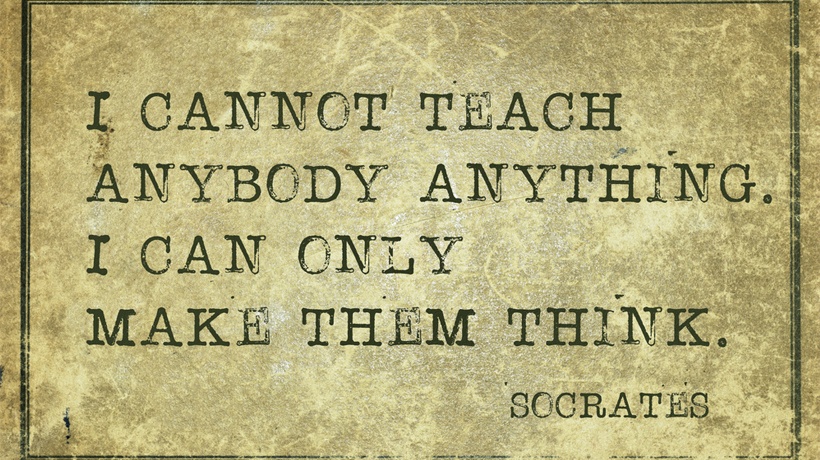What The Characteristics Of A Good Question Are
“If I had an hour to solve a problem, and my life depended on the solution, I would spend the first 55 minutes determining the proper question to ask… for once I know the proper question, I could solve the problem in less than five minutes.”
- Albert Einstein
That’s how significant a good question is. It is a powerful tool that can cause the desired impact and invoke the right emotions and thoughts. A good question can ignite creativity and also educate students.
While developing good questions may seem like a pretty straightforward task, it is not as simple as it looks. A good question needs to have a personality of its own which is made of specific characteristics. Here are some of the most essential characteristics of a good question.
1. Relevant
A good question is relevant. It focuses on recall of only the material covered in your lesson and aligns well with the overall learning objectives.
If you ask ‘What are the branches of soil science?’ for an introductory lesson that focused on only the type of soil, then it doesn’t really qualify as a relevant question. A better and more relevant question in this context would be ‘What are the characteristics of each type of soil?’.
2. Clear
A good question is framed in a clear, easily understandable language, without any vagueness. Students should understand what is wanted from the question even when they don’t know the answer to it.
The question ‘What are your rights?’ might be perceived as confusing and vague since it doesn’t specifically state which rights are sought. On the other hand, if you ask ‘What basic rights are covered under the Universal Declaration of Human Rights?’, the same question becomes clear and specific.
3. Concise
A good question is usually crisp and concise. It omits any unnecessary information that requires students to spend time understanding it correctly. The idea is not to trick learners but assess their knowledge.
Consider this question for example: ‘Since distemper in canines affects several body systems like the gastrointestinal tracts, respiratory tracts, spinal cord, and the brain, how should canines be treated for it?’. This question gives a lot of information than what is required. It could simply be rephrased as ‘How to treat distemper in canines?’.
4. Purposeful
A question without a definite purpose has no value. The purpose helps evaluate the question against some set benchmarks. A good question can seek both innate and specific knowledge.
A question stating ‘What is the capital of France?’ requires the student to just exercise their memory to answer it. And if that is the purpose you have set, the question is totally justified. But if the purpose is to evaluate and enhance the student’s ability to reason, the same question might need to be stated as ‘How Paris is well located to be the capital of France?’.
5. Guiding But Not Leading
A good question guides the learners towards understanding the concept in the picture. But at the same time, it doesn’t lead them to specific answers.
For example, ‘Since infant formula is a safe substitute for breastmilk, should its use be normalized?' is an extremely biased question that assumes formula to be safe for infants and leads users to state a ‘yes’ for an answer. Instead, this question could simply be rephrased as ‘Do you think the use of infant formula needs to be normalized?’.
6. Stimulates Thinking
A good question requires learners to think through and recall the concepts taught. It doesn’t patronize them by asking the obvious.
‘Can you survive without water?’ is the perfect example of a question that doesn’t stimulate any thinking because questions a universally accepted fact. ‘How long does it take to die from the lack of water?’ might be a better question in this regard.
7. Single-Dimensional
Remember, one question is one question. And hence, a good question focuses on one dimension at a time. If there are multiple ideas to evaluate, it is better to split them into multiple questions.
‘When did World War II begin and why was it fought?’ is a multi-dimensional question that requires students to examine two things at a time. It is recommended to divide it into two distinct questions to facilitate easier and better recall: ‘When did World War II begin?’ and ‘Why was World War II fought?’.
That’s all about good questions, their power, and their characteristics. Interestingly, these days you do not need to rely solely on manual efforts if you are frequently tasked with question creation. You could make use of AI-powered automatic question generation tools. And once your question set is ready with a plethora of good questions, refer to this interesting guide on building stellar learning quizzes.
Hope you enjoyed reading this article. I would love to know your thoughts.








